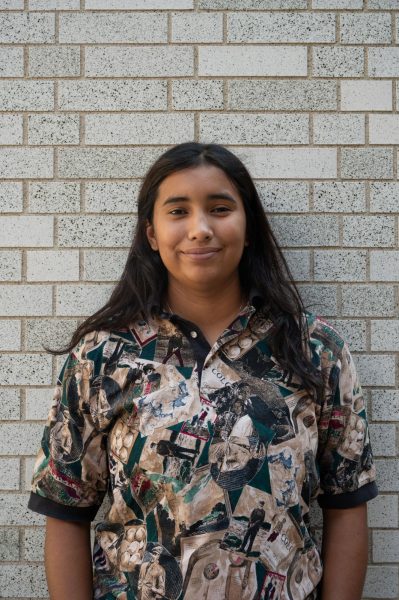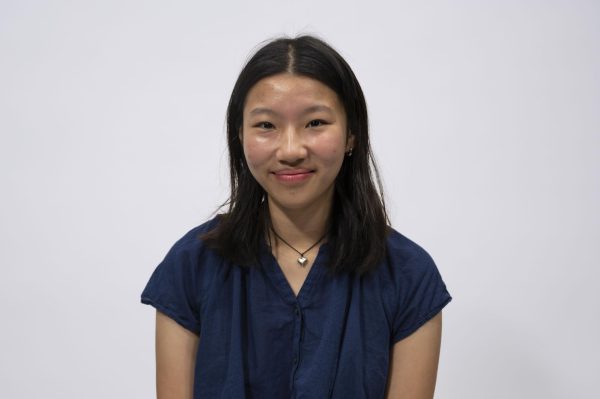It’s time to look beyond race in the admissions process. Yes, having a racially diverse student body is important, but colleges and universities can and should have both diversity in race and class. Affirmative action is dead, but ways to embrace diversity are alive and well.
The end of race-based admissions creates an opportunity for Northeastern to diversify its student body from a socioeconomic standpoint, a form of diversity this school desperately needs.
About 65% of the undergraduate population comes from the top 20% of earners, with a median family income of $150,900, according to a New York Times report in 2013. Students from the bottom 20% accounted for 3.7% of the population.
In 2023, Northeastern boasted a 5.6% admission rate, on par with many Ivy League schools. As admissions rates fell, annual tuition jumped from $59,752 to $62,329. At Northeastern, 77% of students receive financial assistance, according to Prepscholar, a rate that is 15% lower than the average for most non-profit private universities.
It is safe to say that Northeastern continues to be an incredibly unaffordable school for socioeconomically underrepresented students, regardless of race.
Highly selective and expensive schools should move to a class-based admissions model to account for race-based admissions since they can’t explicitly admit based on race. Although it is not perfect, Black and Hispanic people continue to be over-represented in the poverty stricken population, experiencing poverty at higher rates relative to their representation in the American population, according to Census data. The same data shows that non-Hispanic whites and Asians were under-represented in the poverty population. There is a good chance that admitting on the lower end of the socioeconomic scale will account for race given how closely correlated race and income are. Not only is this a great alternative, but it is also time for higher education to account for the 50% of earners who only hold 2.6% of the total countries’ wealth.
Admittedly, Northeastern delivers on a form of global diversity. In its undergraduate program, Northeastern hosts more than 4,000 international scholars representing 122 countries. However, the American students who enjoy the fruitful networks of globalism come from the higher income brackets.
Besides, Northeastern enjoys the heavy price tags many international students must pay to attend school, given that finding financial aid as an international student is tricky when you can’t receive federal aid. On average, international students are awarded roughly $22,000, leaving a near $40,000 gap in tuition to meet. While they may struggle to pay for college, an American experience that many internationals bear witness to, it should not be a primary impression imposed on them. And if it is very pricey for an American to pay for Northeastern, it is likely other countries are also not sending their lower socioeconomic citizens.
There is a clear need for economic diversity at Northeastern. Racial diversity is no longer sufficient. It never was. An upper-class Latino has more in common with an upper-class white kid than with a child of undocumented Mexicans. A white student from rural America is very different from a white student who grew up in Bethesda, Maryland, where the median income is $178,370.
Racial diversity is important — no doubt about it. But given the challenges we now face to meet those demographics, we must not only fill diversity quotas but include populations that have so much to offer if they were only given the chance. Those that believe class-based admissions are an insufficient means of achieving racial diversity cannot see beyond the color of a person’s skin and would prefer for the status quo of higher education to remain rich and white.
Students for Fair Admissions v. Harvard and SFFA v. UNC, the Supreme Court lawsuit that ended affirmative action – held that race-based affirmative action programs in college admissions processes violated the Equal Protection Clause of the Fourteenth Amendment. The court’s ruling was on its face about ending racial “discrimination” of white and Asian students who were not being admitted despite their extracurriculars, high scores on tests and classes. It takes time, money and resources to get those kinds of grades regardless of your race. Some of us Black and brown kids can make it to top universities because we have those three things. Some of us, other broke people regardless of color, did it because we hustled. Students for Fair Admissions laughed at our hustle.
In 2019, the College Board tested out the adversity index, an initiative that was highly criticized and ultimately failed. The score was between 1 and 100, averaging the ratings of a student’s school environment and student’s neighborhood and designed for colleges to gauge how much hardship students had faced in an easy way like an SAT math or English score. While the system was flawed because you can’t really put a score on how much hardship a person has faced, perhaps this wasn’t a bad start, given the new limitations on ensuring racial diversity today. Seeing what neighborhood a student comes from can say a lot about the racial demographics a student may fall under. Seeing which school a student attended may also suggest what that student’s ethnicity is. Had the adversity score been piloted today, it may have stayed around to help compensate for the aftermath of SFFA.
Another suggestion would be for students to hint at their race in their personal statements or write about something that would only pertain to a person from a certain demographic. But again, I don’t really think race is the end-all-be-all of diversity.
I, along with 12 others in my class, am part of a scholarship program called Torch Scholars that offers full tuition to first-generation low-income students. I had a 3.3 weighted GPA in high school. I would have never made the waitlist at Northeastern if it weren’t for this program. Today, my grades are seeing better days. My cohort includes Black, Latino, Native American and white scholars. We are straight, queer, athletes, artists, writers, scientists and mathematicians. The entire program has admitted more economic and racial diversity than any other diversity-promoting initiative I’ve seen on campus.
To say that socioeconomic affirmative action is futile or insufficient is ignorant and unproductive. It is our best bet when Northeastern University is, at best, becoming the Meta of higher education. It is swallowing campus after campus in a Manifest Destiny fashion, prioritizing a billion-dollar endowment and brand notoriety over admitting valuable students who just need a chance and a little bit of money.
Noelia Arteaga is a fourth-year journalism and political science combined major. She can be reached at n.arteaga@huntnewsnu.com.












